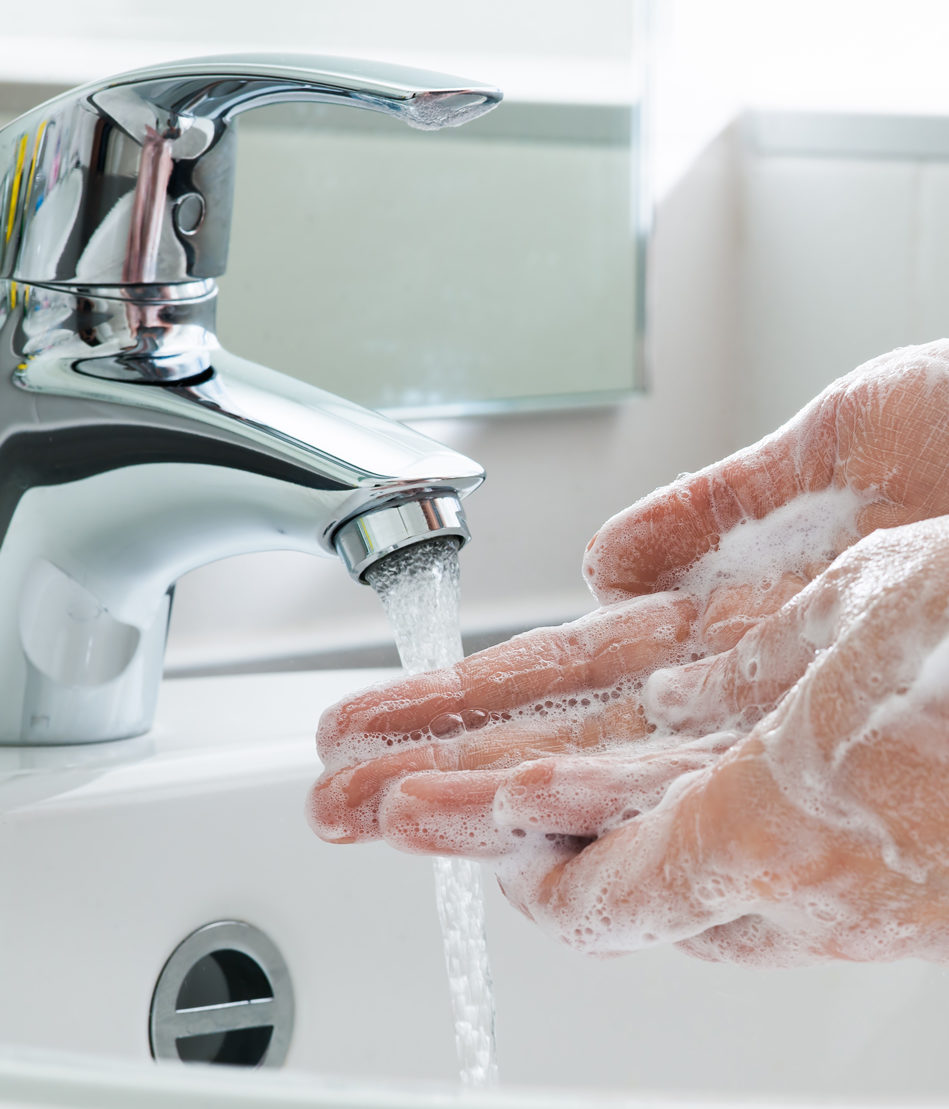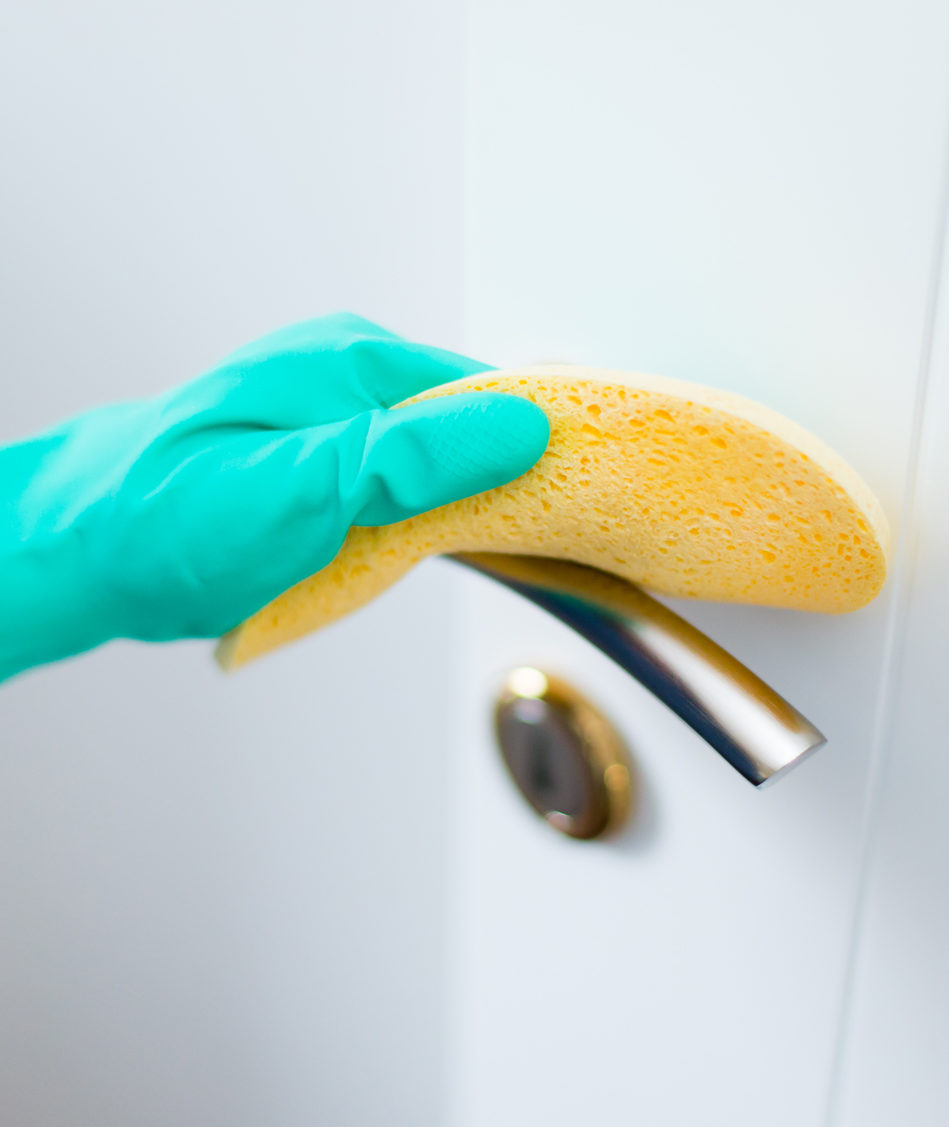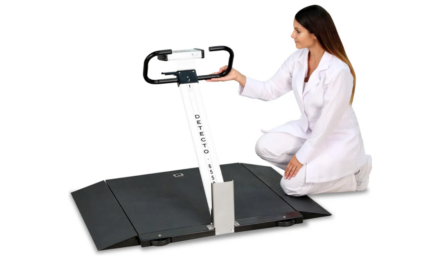As we move beyond the COVID-19 pandemic it is still imperative that caregivers adhere to best practices for infection control and prevention.
Our experts have put together this helpful refresher on proper cleaning techniques that your staff can use to slow the spread of disease in your Senior Living communities and help keep your patients safe from viral infections of all kinds.
Hand Hygiene
Washing your hands often is one of the best ways to prevent infection. Rub your hands together under warm water with soap for 15 to 20 seconds, rinse off the soap and then use a disposable towel to turn off the faucet. Clean your hands whenever they are visibly dirty, before and after interacting with patients, prior to eating, and of course after using the restroom.
If you can’t wash your hands, alcohol-based hand sanitizer is the best alternative – the CDC says it’s the most effective product for reducing germs.1 It should also be used before and after touching a resident or the resident’s immediate environment, after contacting blood, bodily fluids or contaminated surfaces, and immediately after glove removal.

However, alcohol-based hand sanitizer is ineffective against C. difficile spores, so it’s vitally important to wash your hands with soap and water after working with a person who has or is suspected of having C. diff. Additionally, alcohol-based hand sanitizer cannot be used in foodservice settings, so soap and water remains the best method in those areas.
Lastly, wear personal protective equipment (PPE) during direct patient interaction, especially isolation residents. Change PPE after every use.
Cleaning, Sanitizing & Disinfecting
Daily cleaning of all hard surfaces – including countertops, sinks, toilets and flooring – is essential for having a sparkling-clean community, but unfortunately it’s not enough for infection control. The next step is to sanitize and/or disinfect your surfaces.
Sanitizing is done in environments where food is prepared and eaten, like kitchens and dining rooms.
Disinfecting is performed across all other hard, non-porous surfaces. Use chemicals with EPA-registered claims to kill germs, and focus on all high-touch surfaces like light switches, bedrails, handrails, doorknobs, TV remotes, call buttons/cords, armrests and toilet flushers.

Remember, to properly disinfect and sanitize, you must allow all surfaces to remain wet for the manufacturer’s suggested times – also known as “dwell times.” Use products with shorter dwell times for outbreak control and prevent future infections. Wipe down surfaces with a clean wet cloth after the dwell time has passed and the surface has dried. Bleach, for example, can be damaging to surfaces and harmful to skin and should be wiped off.
General tips
Encourage all staff and residents to get an annual flu shot.
Sick staff should stay home until free of symptoms.
Use PPE like masks and gloves during all patient interactions
Communication is critical – everyone in a facility is responsible for following protocol to keep all people healthy.
Family and visitors should be made aware of any contact precautions and encouraged to follow protocol.
When possible, certain medical equipment like gait belts and slings should be dedicated to individual residents to minimize the possibility of cross contamination.
Disinfect all shared medical and therapy equipment in between each resident use.
Disinfect all serving carts after each trip to a nursing unit.
To clean floors and hard surfaces, use microfiber rather than cotton mops and cloths.
Review the CDC’s Enhanced Barrier Precautions for guidelines on the expanded use of PPE during high-contact resident care where the transfer of MDROs is particularly high.
We can help you find the right infection prevention solutions for your community. Contact us today to get started.

Karl Seagren
Product Consultant




